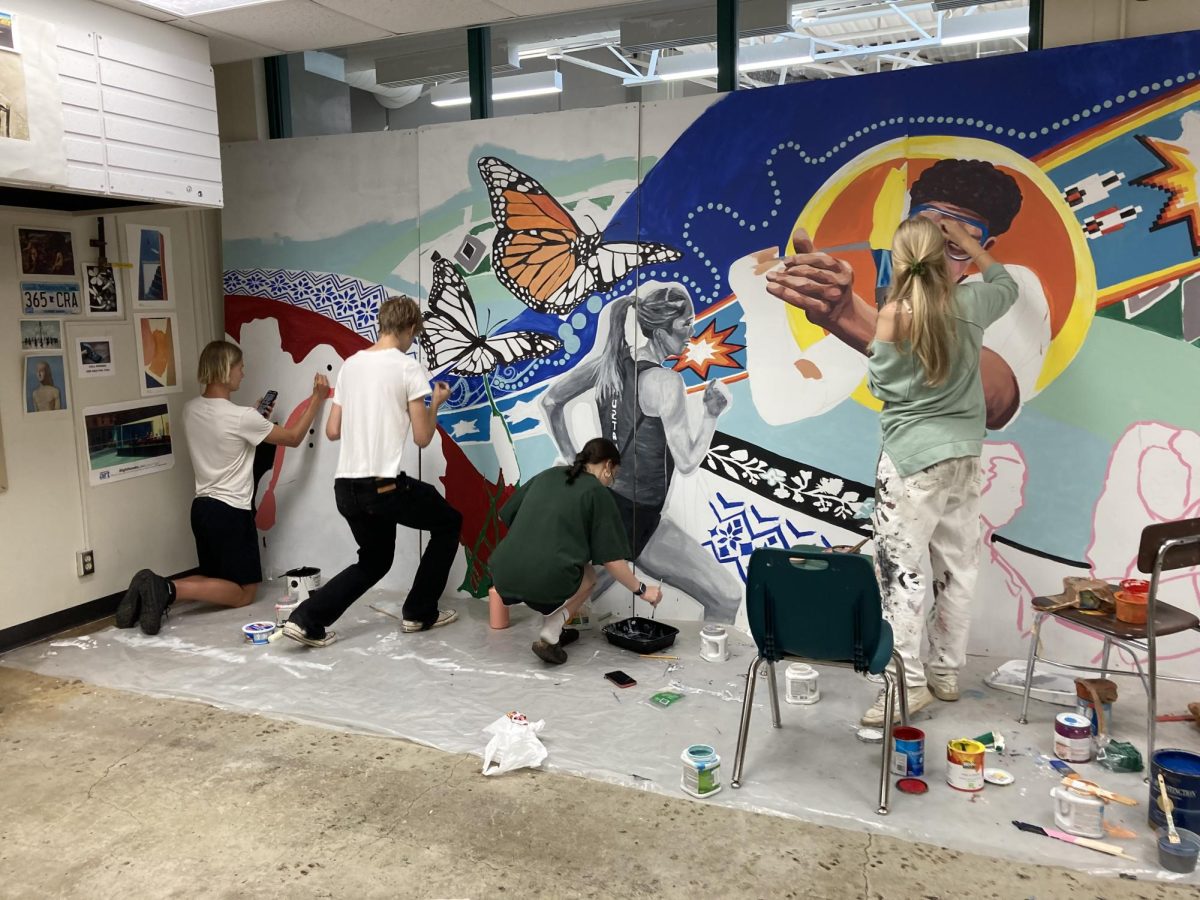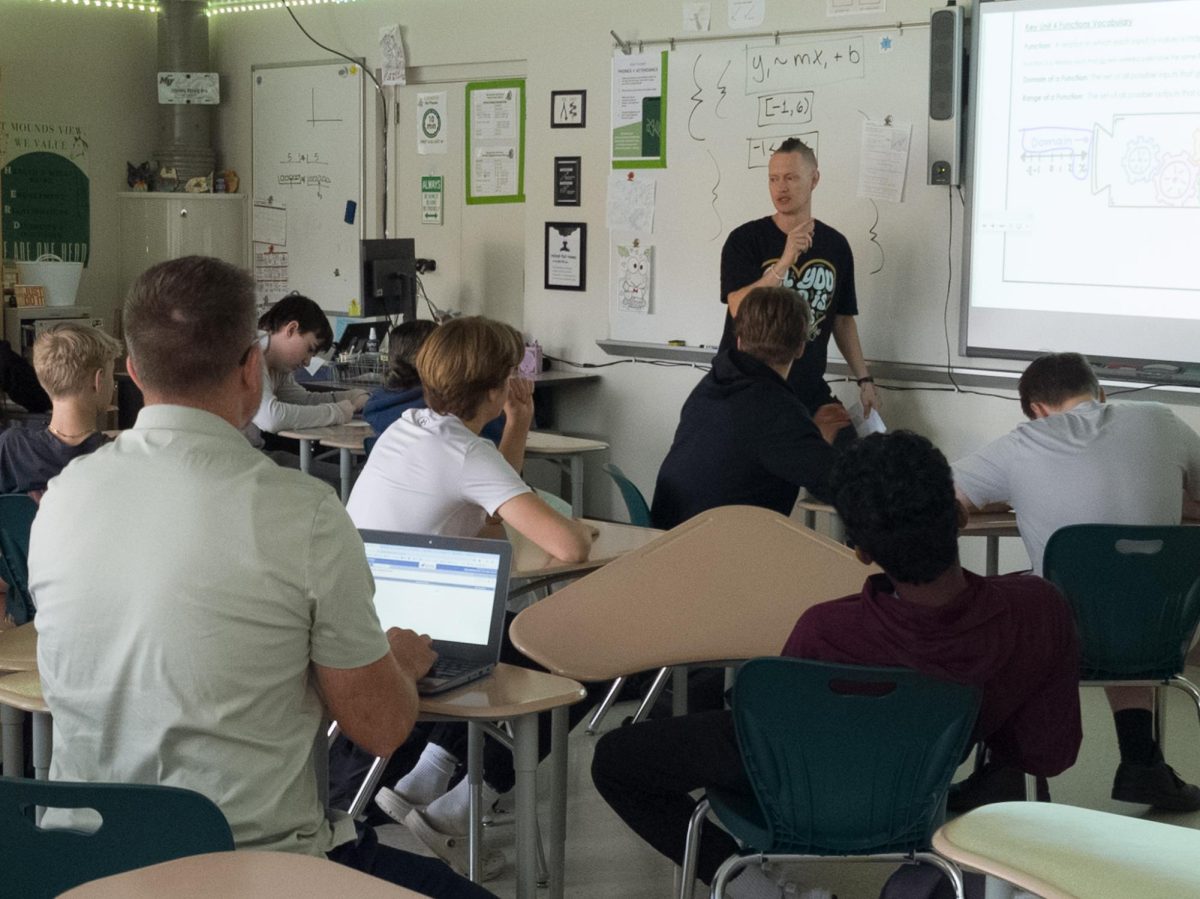Recently, Mounds View High School has implemented two new programs — learning walks and Deans on Duty — as a way to improve students’ learning and increase student and teacher engagement with administration.
Learning walks is a program where administrators observe students and teachers during class time to gain a deeper understanding of what is happening in the classrooms. Specifically, they look for visibility of learning targets, student and teacher engagement and how well the students are learning the material in class. “We’ve got a Google form that we fill out that has some very specific questions. Can we tell what the learning target is? Does it look like students are engaged with the learning target and then talking with students?” said Benjamin Chiri, associate principal. They also ask students several questions: “Can you tell me what you’re learning about right now? What’s the objective? Why is this important to you? And how will you know when you’ve learned it?”
These learning walks help administration improve teacher training and professional development based on what they observe. Prior to this, Mounds View primarily used student grades and teacher reports to understand what was happening in classrooms. Now, administrators use a spreadsheet system and go on learning walks when their schedules allow. “What I usually do is when I have time open in the morning, I’ll go on some learning walks. When I have time in the afternoon, I’ll go on some learning walks. And I can usually visit three to five classrooms in a single class [period],” said Chiri.
Learning walks are based on administrative training Mounds View has done in collaboration with the University of Washington’s Center for Educational Leadership. Their program “5 Dimensions of Teaching and Learning” recommended learning walks to ensure that students were properly engaged in classes and that administrators could give effective feedback to improve classrooms. Chiri says that many Mounds View teachers have been displaying learning targets more consistently since they implemented learning walks.
While administrators make the rounds with learning walks, deans are busy engaging with staff and students in the halls. This new practice, called Deans on Duty, has replaced hall monitors with two deans who spend a period each day walking around and talking to students. They have also taken over the task of checking bathrooms and locking the locker rooms to make sure students are in class. “If students need to be redirected, we’re able to do that, but also because we’re out in the hallways, if there is ever any kind of incident that comes up, then we’re able to respond to it as quick as possible as well,” said Dean Kasim Shahzad.
The decision to implement Deans on Duty came after the administration noticed a need to engage more deeply and often with students and staff. “The entire premise really is that it gives us the opportunity to get out in the hallways and make more connections with all the different stakeholders in the building. And by that, I mean your teachers, your students, the administration, the janitorial staff. So it’s just that we are out there and more present, and so that we can really build more of a connection,” said Shahzad.
Deans on Duty has allowed deans to build more meaningful connections with students all across the building. “I only really ever get to really interact with [my own students], and Deans on Duty has allowed me to really interact with pretty much all the other students in the building, which I think is a great way to get to know the students,” said Shahzad. By enacting both this and Learning walks, the administration hopes to strengthen their connections to students and teachers, improving education through increased communication.


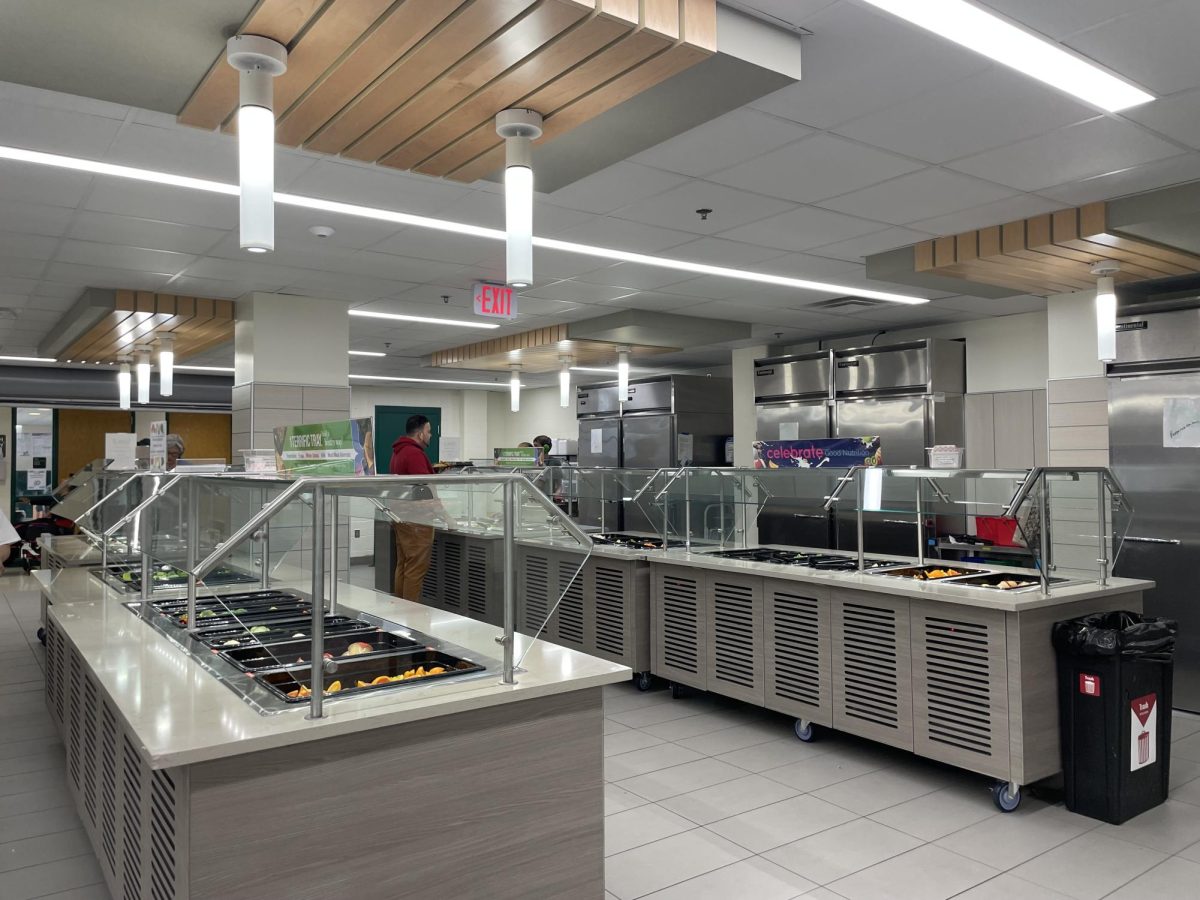
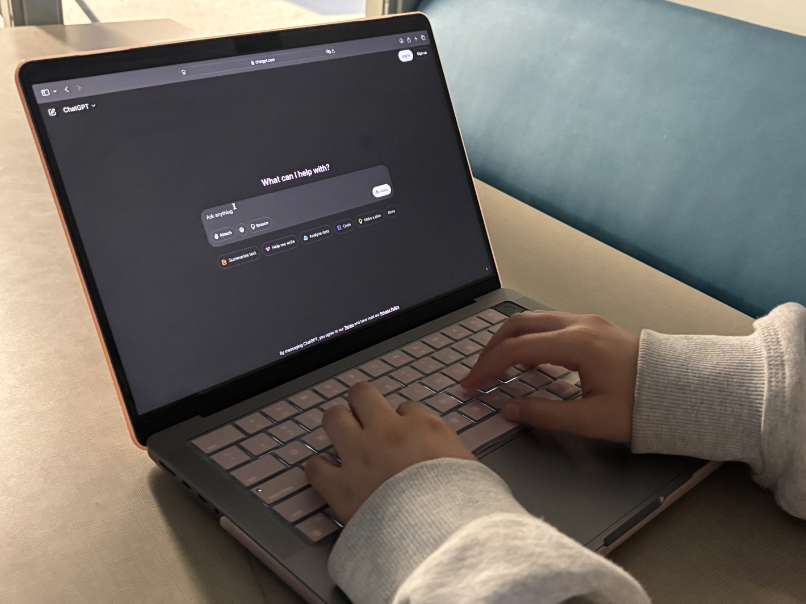



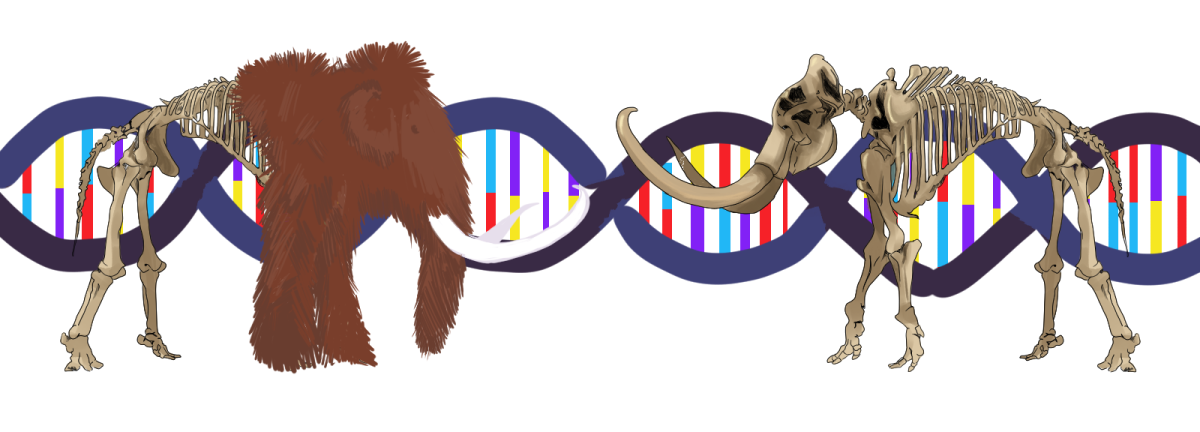



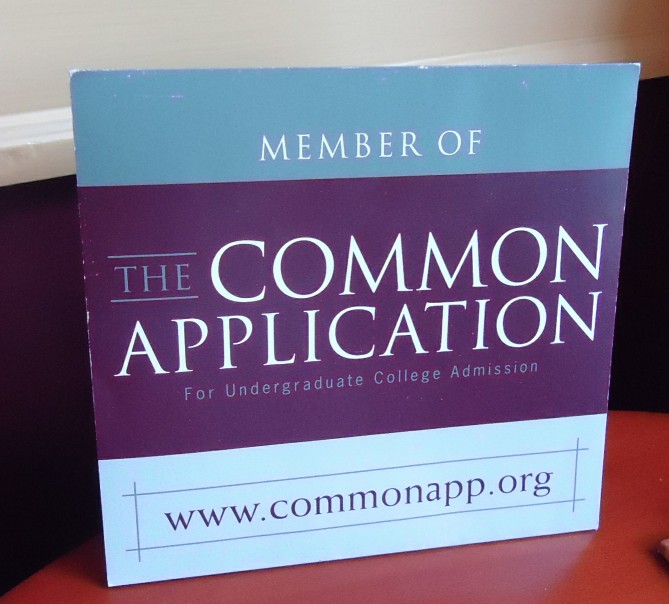


![[DEBATES] Prestigious colleges: value or hype?](https://www.mvviewer.org/wp-content/uploads/2024/12/buildings-1200x654.png)
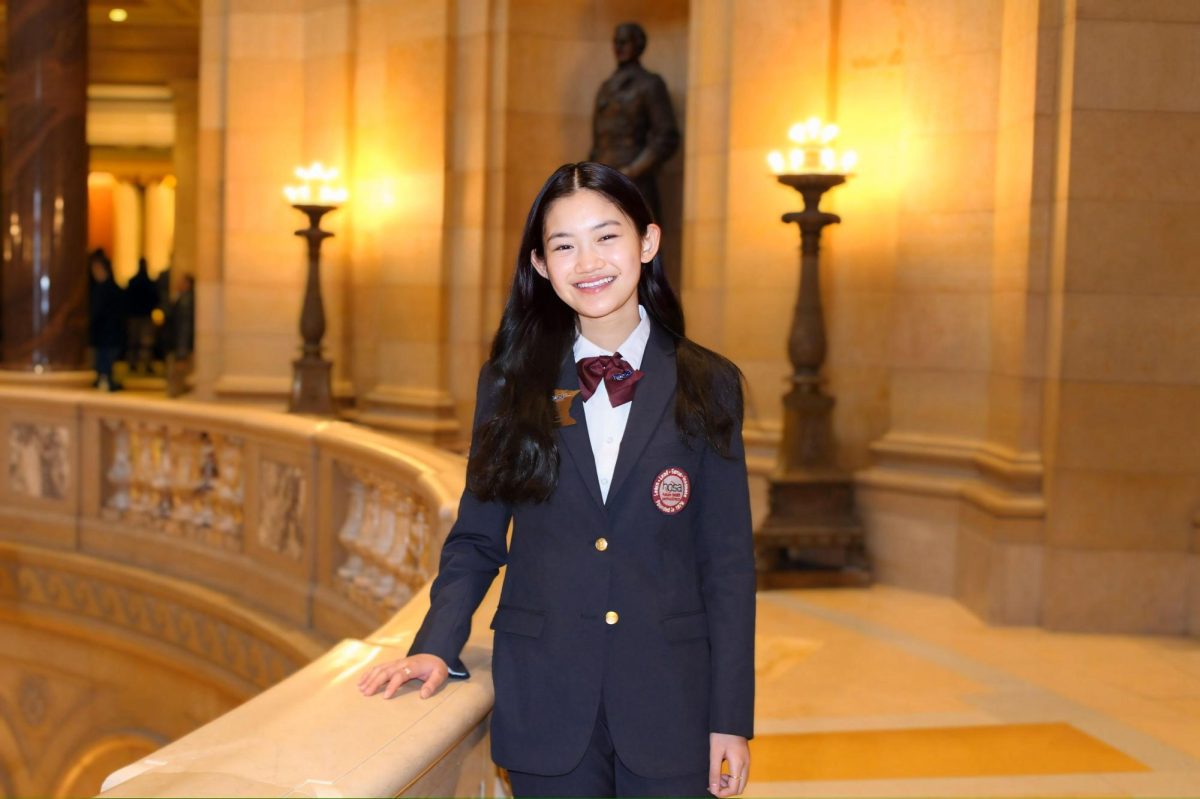
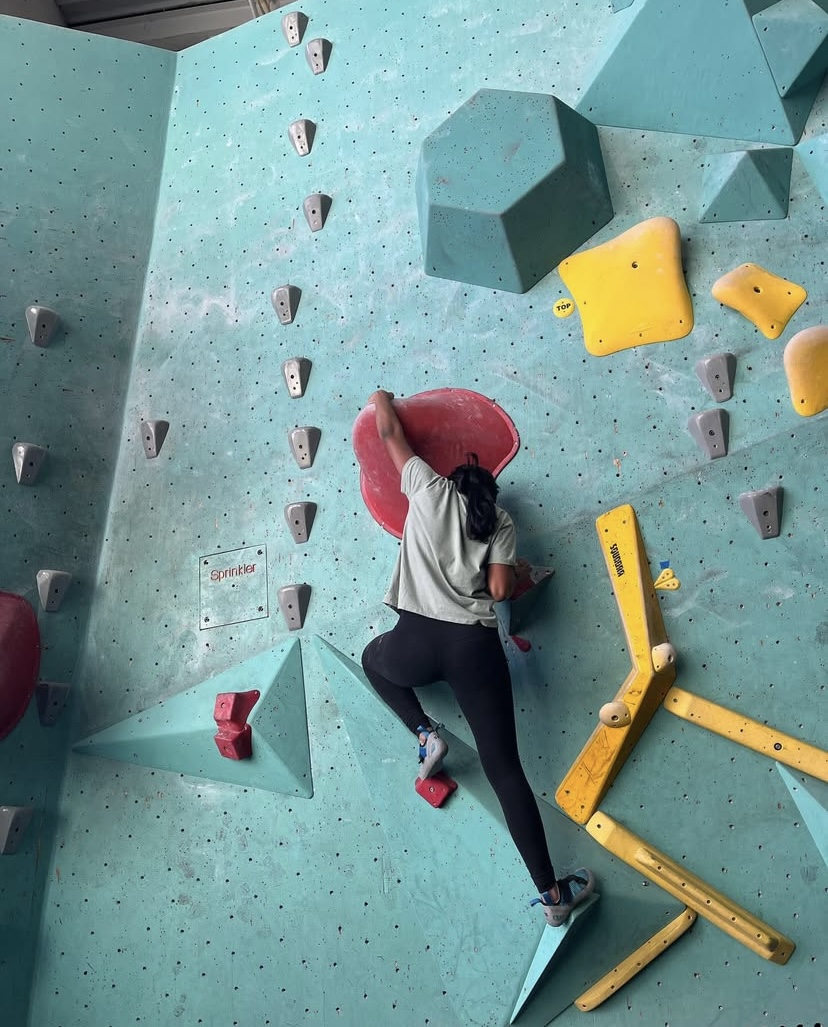
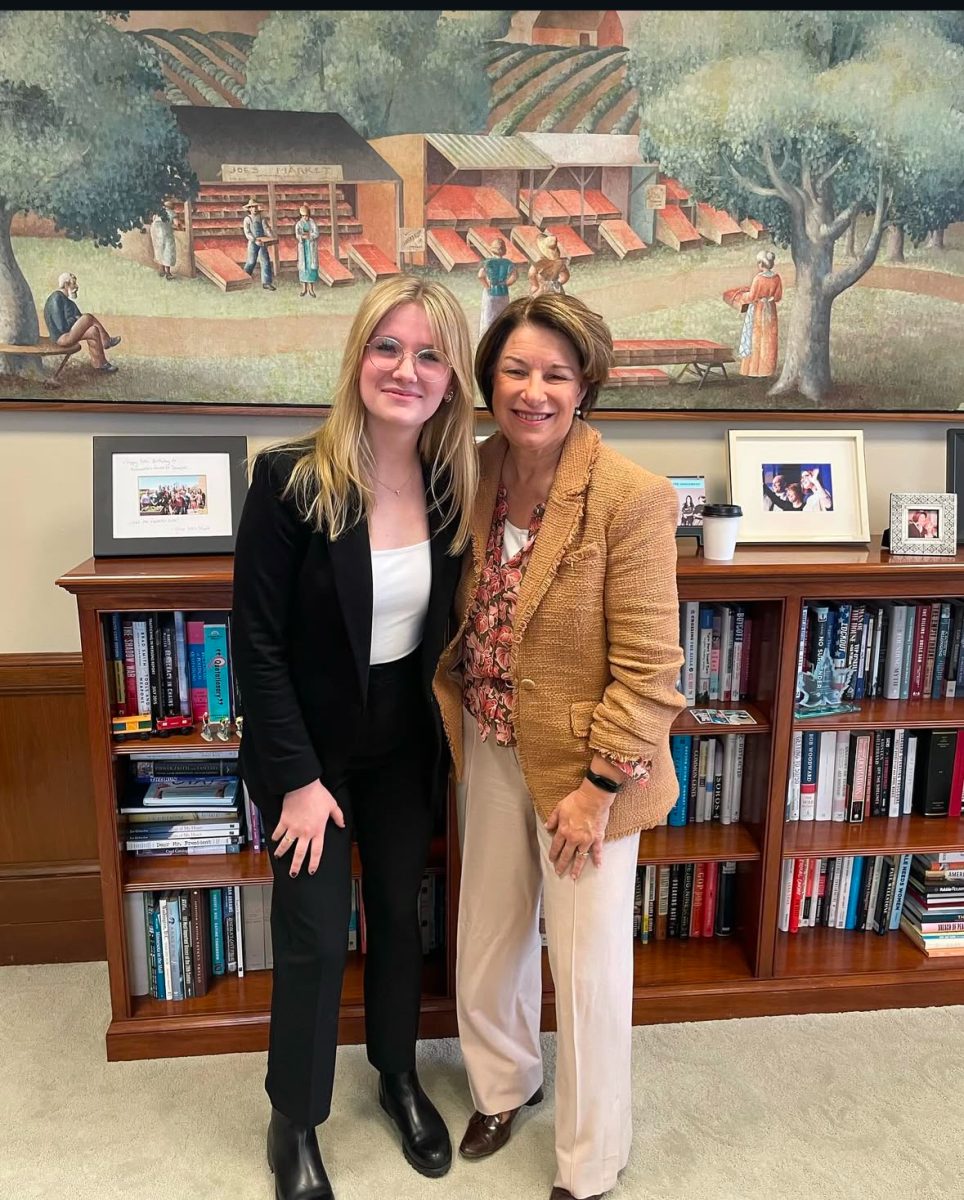
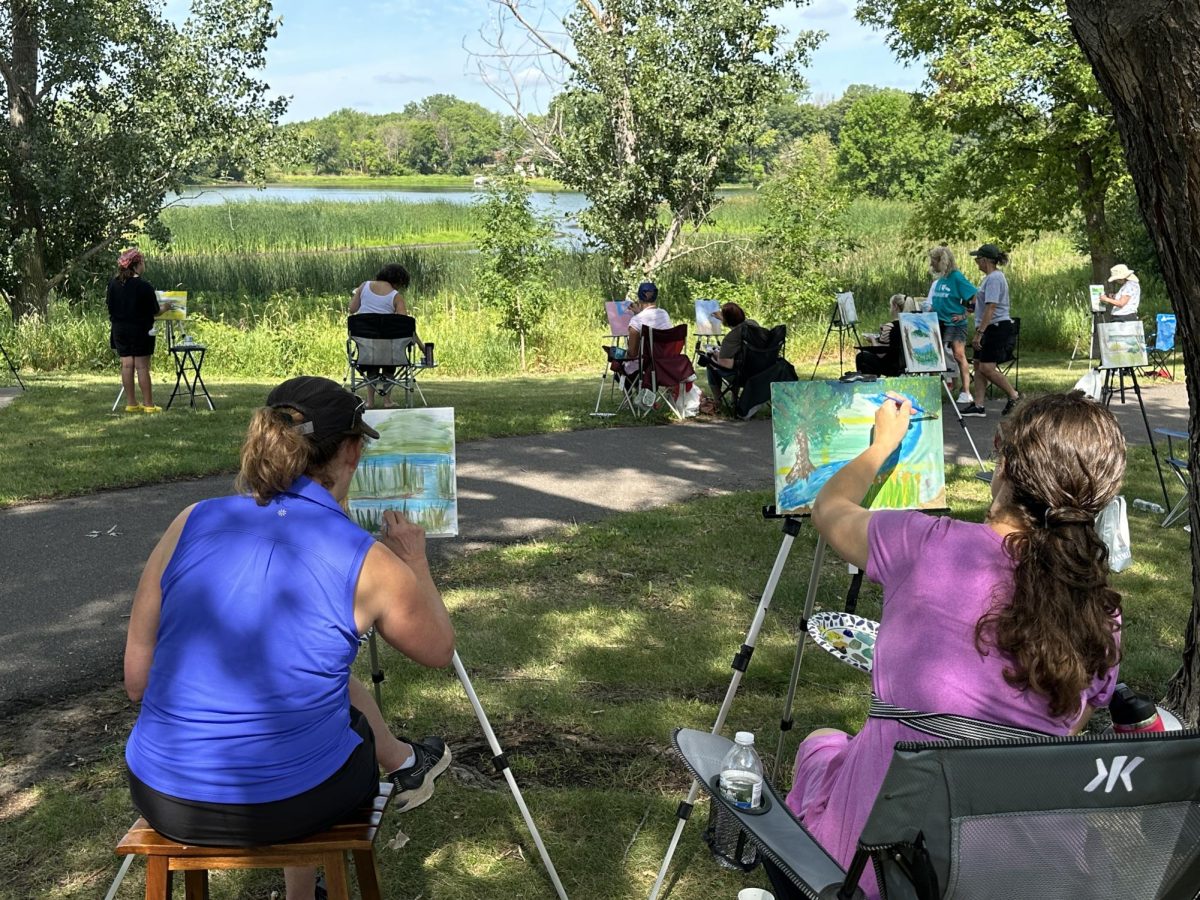
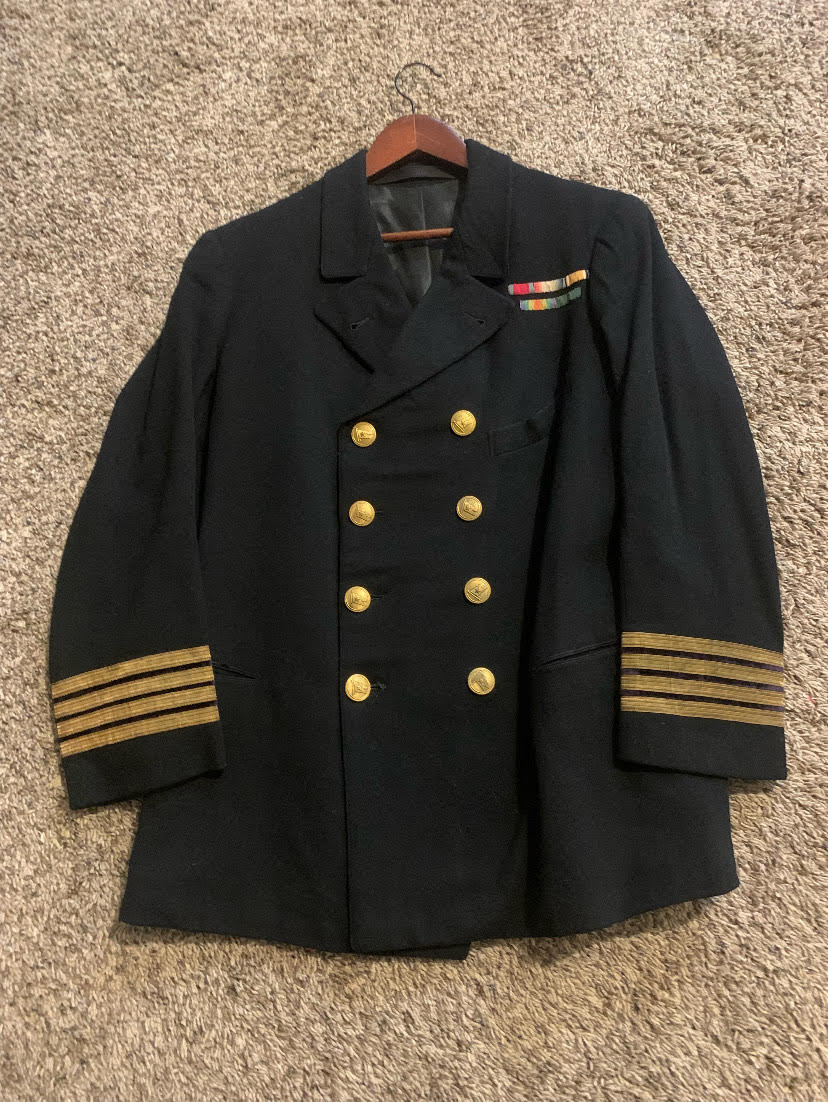

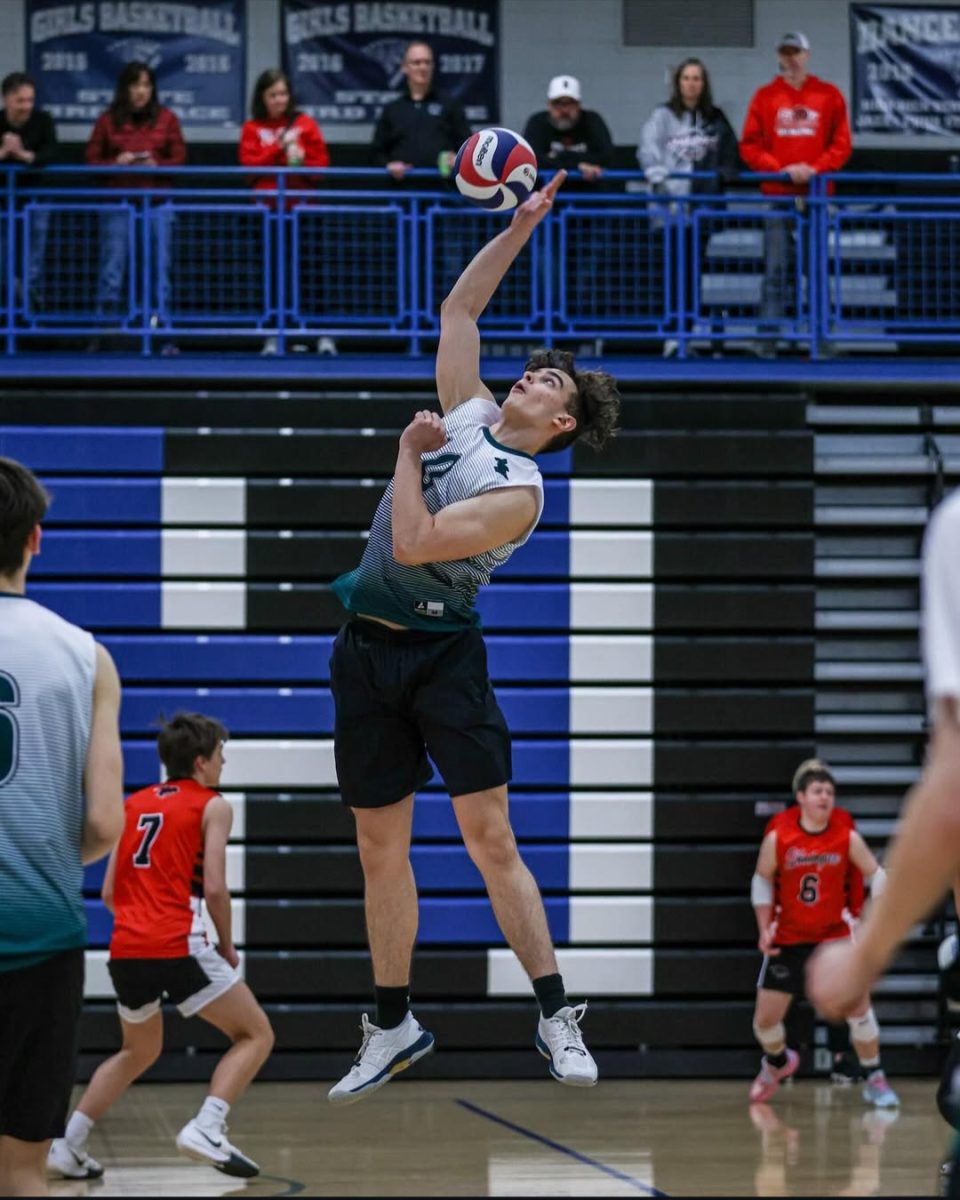
























![[OPINION] The dark origins of TikTok's looksmaxxing trend](https://www.mvviewer.org/wp-content/uploads/2024/02/Copy-of-Copy-of-Untitled-Design-1200x675.png)





